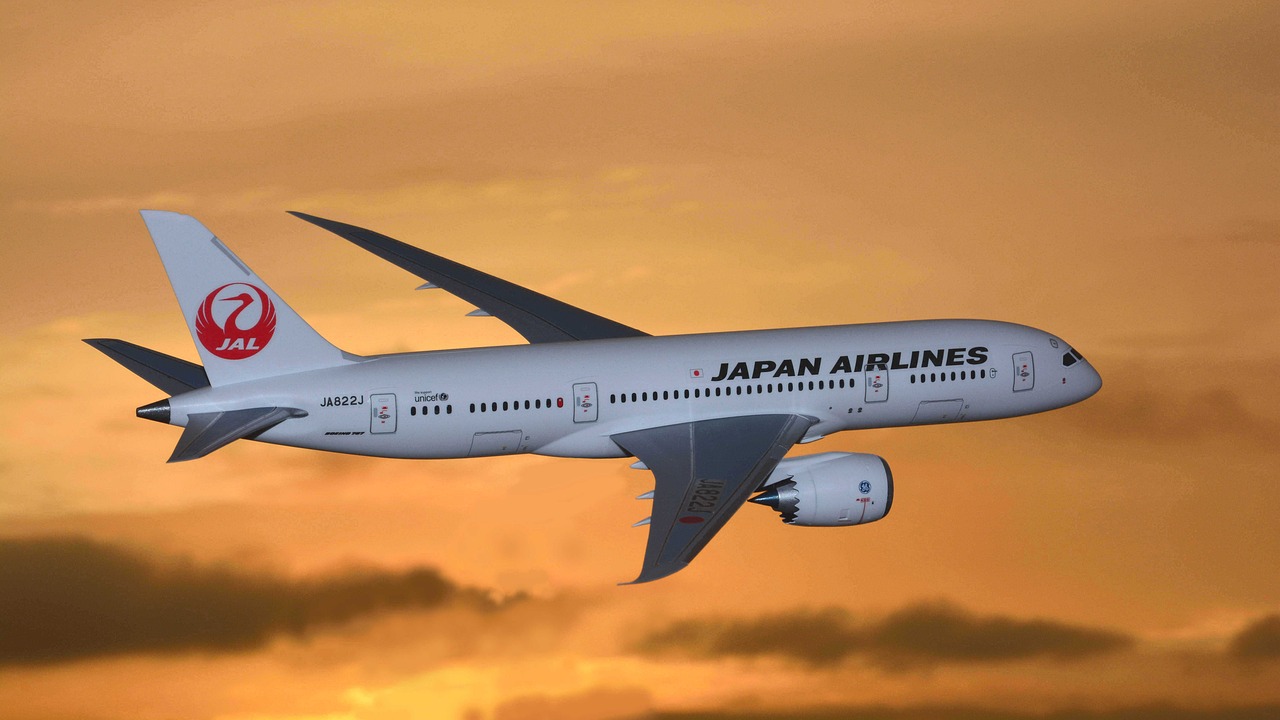The Struggling Yen Is Hindering Japanese Outbound Travelers
As one of Asia’s most technologically advanced nations with distinctive cultures and histories, Japan has always been a significant hotspot for travelers. However, the country was closed off to international travel for a prolonged period. It re-opened on September 16th and since then a lot has changed. Let’s talk about everything that has happened since the country reopened. When Japan legalized foreign travel in June, it allowed designated groups of tourists in. While the numbers were high at first, they gradually started to decline because it was still too slow for the economy to really benefit from it. Japan began expanding its visa-free travel restrictions and was able to see what the impact would be. In the three weeks after visa-free travel became available, air ticket bookings increased more than triple, foreign airlines increase flight frequency, and in October it emerged that unbound visitor numbers were up 30% from pre-pandemic levels. However, it is still below pre-pandemic levels. With the year-end holiday season, the number of visitors is sure to increase. This is especially true for those that are visiting from the West, who will be attracted to Japan due to their cheaper goods and services. That said, thanks to depreciated currency and increased inbound arrivals, there should be sufficient demand for Chinese tourists from head-to-head competitors like Thailand or China. If you’re traveling soon, it’s important to know that the outlook for outbound and domestic travel is very grim. When it comes to travel destinations, the weakening Yen is suitable for only inbound travel to Japan. However, no such luck for outbound travel. It has remained depressed at 20% of pre-pandemic levels. Unlike the explosive growth in air tickets for flights from a foreign country to Japan, air tickets for flights from Japan to a different country have not seen the same tremendous demand increase that made 20% more expensive than before. Many airlines in Japan have seen the weakening yen cause a plummet in demand for domestic travel, which means that flights are less affordable. Furthermore, even with decreased flight volume, major carriers are still able to increase their earnings by increasing their demand from tourists. Though not all Japanese carriers have enjoyed a similar recovery from the pandemic, with popular domestic airlines such as Air Do, Skymark Airlines, and Spring Japan still struggling to overcome their lack of demand and slow recovery. For now, though, travelers are unlikely to go abroad due to the lack of yen appreciation and although their outbound numbers aren’t on the rise anytime soon, domestic travel is still quite strong in Japan.
















 vince salvador
vince salvador December 6th, 2022
December 6th, 2022 0 Comments
0 Comments



Leave a reply